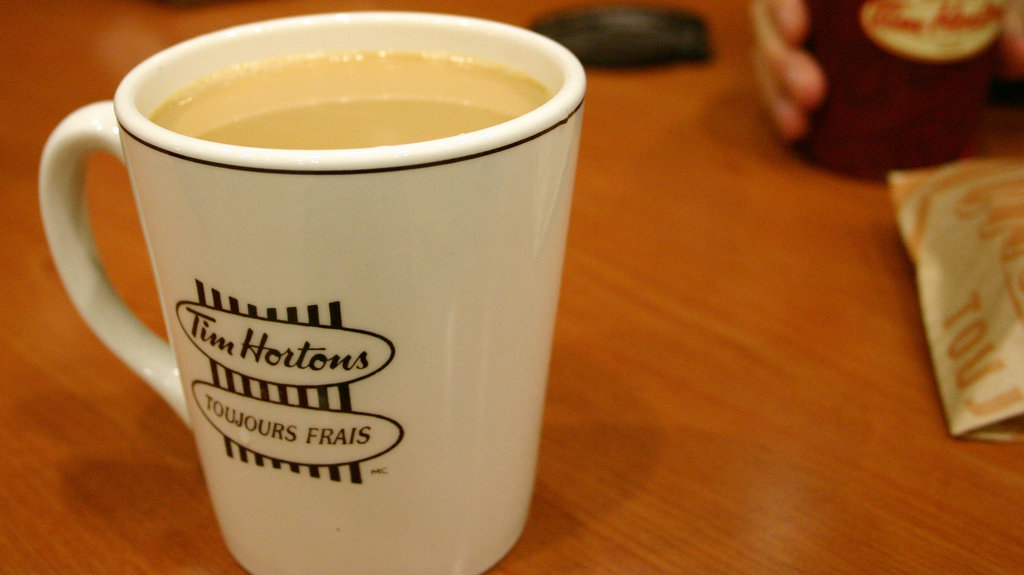I understand where fellow Motley Fool writer Will Ashworth is coming from when he said he would rather invest in Starbucks Corporation (NASDAQ:SBUX) than Restaurant Brands International Inc. (TSX:QSR)(NYSE:QSR).
He talked about Starbucks treating its employees “with respect, decency, pay raises, and excellent benefits.” This should lead to happy employees, which should lead to better service and returning customers.
Restaurant Brands has conflicting interests and multiple issues to work out with Tim Hortons franchisees. A group of Tim Hortons franchisees saw a need to form The Great White North Franchisee Association to protect the interests of franchisees as well as the original Canadian Tim Hortons brand. As of October, half of the Tim Hortons franchisees have joined the association.

How much does Tim Hortons contribute to Restaurant Brands?
In time, Restaurant Brands and the Tim Hortons franchisees will work something out. But I’m curious as to how much Tim Hortons contribute to Restaurant Brands.
Tim Hortons had US$6.7 billion system-wide sales in 2017 compared to Burger King’s US$20 billion and Popeyes’s US$3.5 billion. So, Tim Hortons contributes about 22% of system-wide sales.
However, Tim Hortons’s adjusted earnings before interest, taxes, depreciation, and amortization (EBITDA) were the highest. Its adjusted EBITDA for 2017 was almost US$1.14 billion, while Burger King’s was US$903 million, and Popeyes’s was almost US$107 million. So, Tim Hortons contributed almost 53% of Restaurant Brands’s adjusted EBITDA.
Notably, Popeyes hasn’t made a full-year contribution yet, as it was acquired by Restaurant Brands in late March 2017.
Restaurant Brands has been an excellent investment
There’s no argument that Restaurant Brands has delivered great value to its shareholders. Since the company was formed in 2014 after the merger of Burger King and Tim Hortons, the stock has delivered an annualized return of +18% on the Toronto Stock Exchange and +15% on the New York Stock Exchange.
Restaurant Brands has also increased its dividend per share by +34% per year on average. In fact, Restaurant Brands just more than doubled its dividend. That said, it’s more rational to forecast more conservative dividend growth of 10-15% going forward.
At the recent quotation, Restaurant Brands is, at worst, fairly valued, but most analysts think the stock is at least a buy. Thomson Reuters has a consensus 12-month target of US$74.50 per share on the stock, which represents +26% upside potential in the near term.
Restaurant Brands offers a 3% yield, which is very competitive against its peers’ yields. The company’s dividend is safe, as it continues to generate ample cash flow that covers its dividend.
If, after reading all this, you feel Restaurant Brands isn’t for you, there are many other stocks on the market you can consider.







